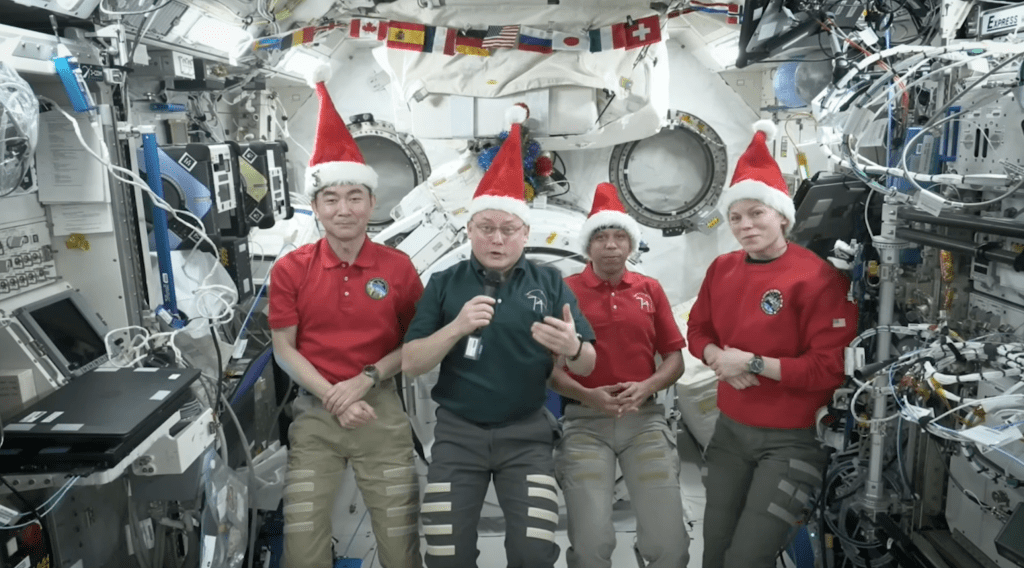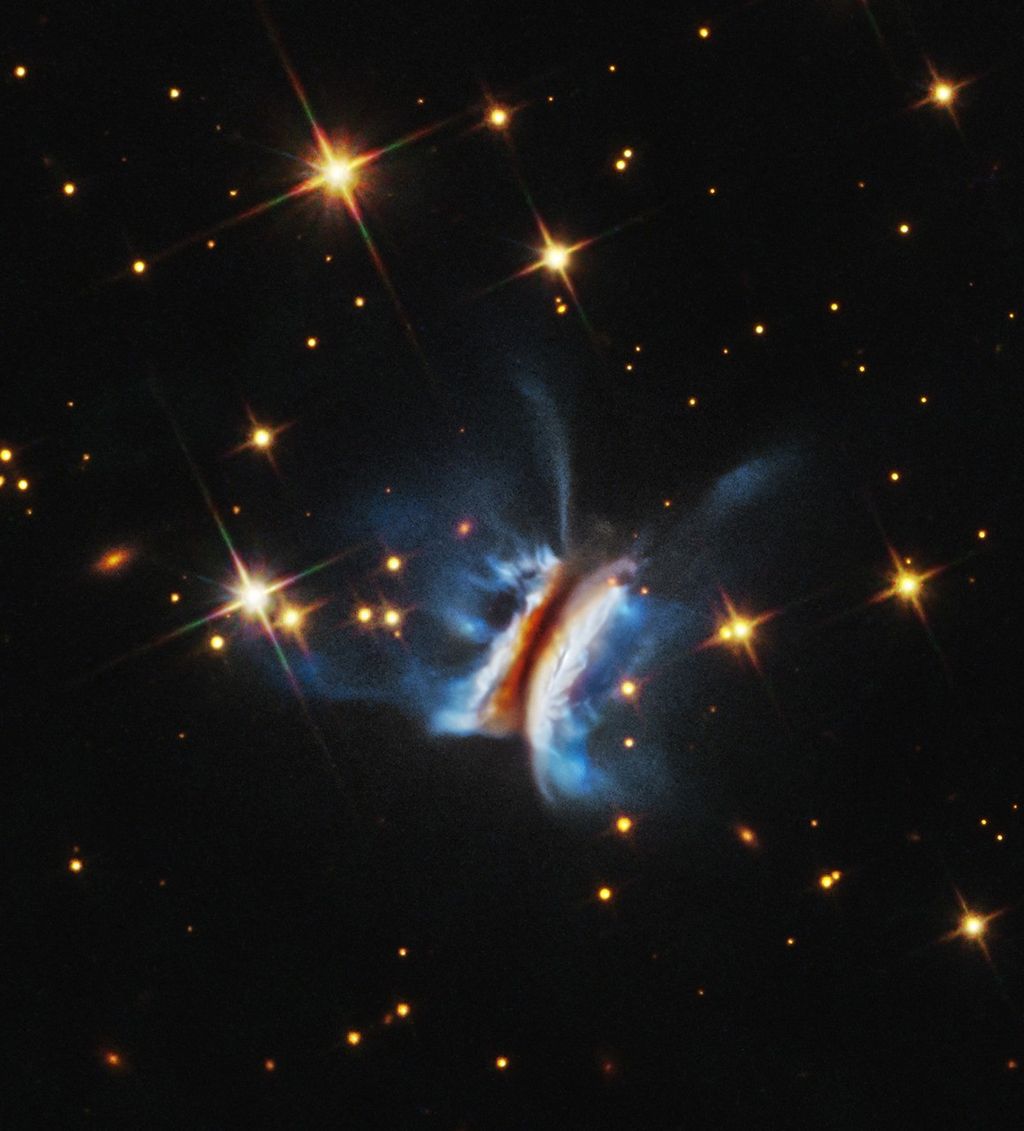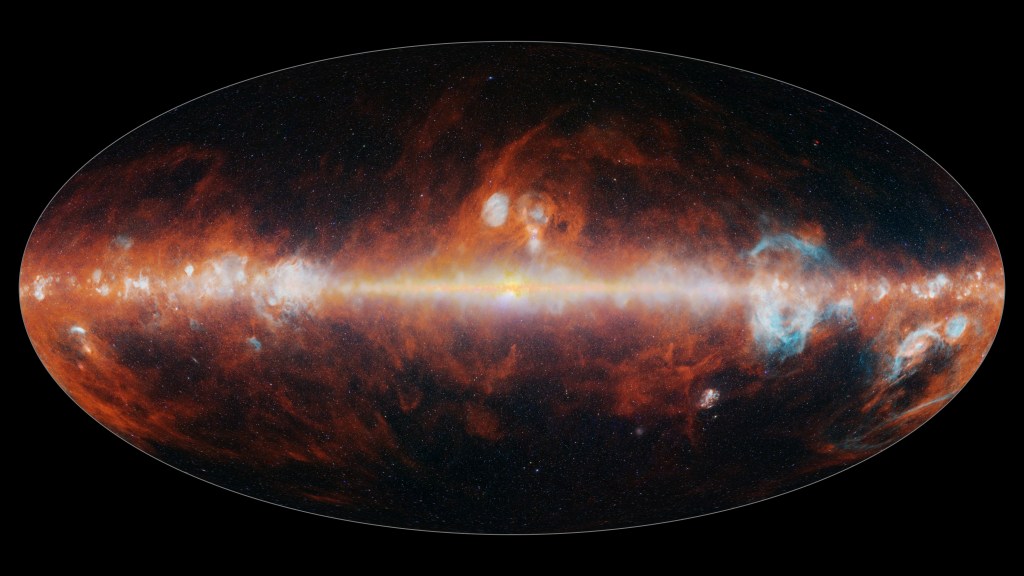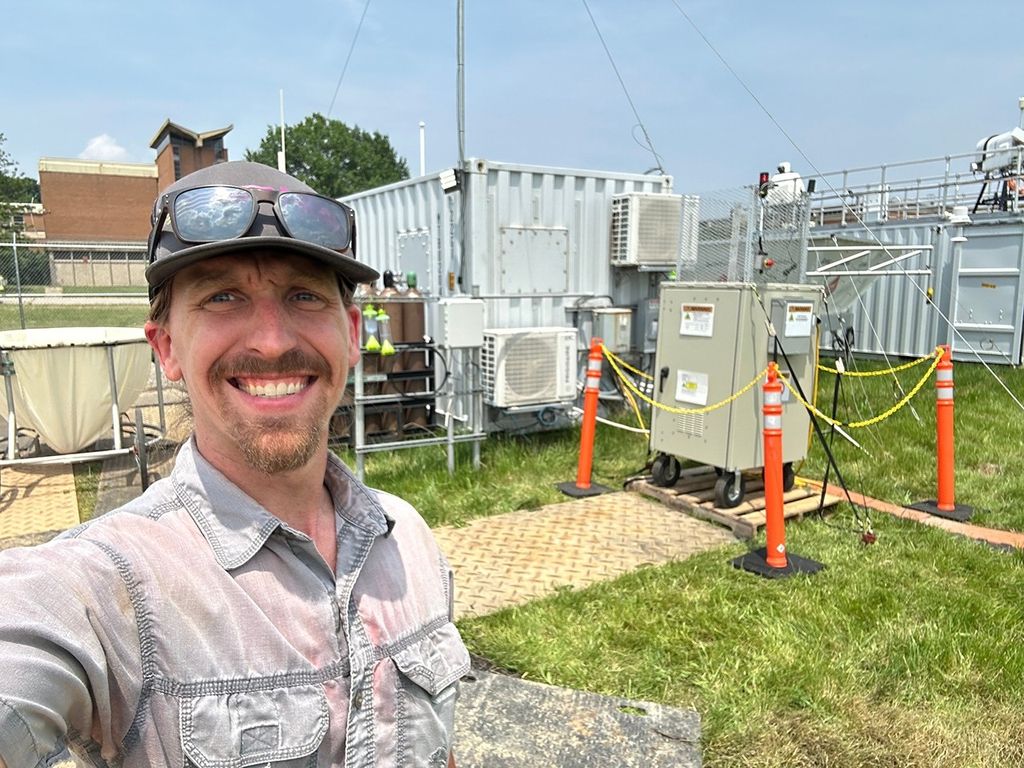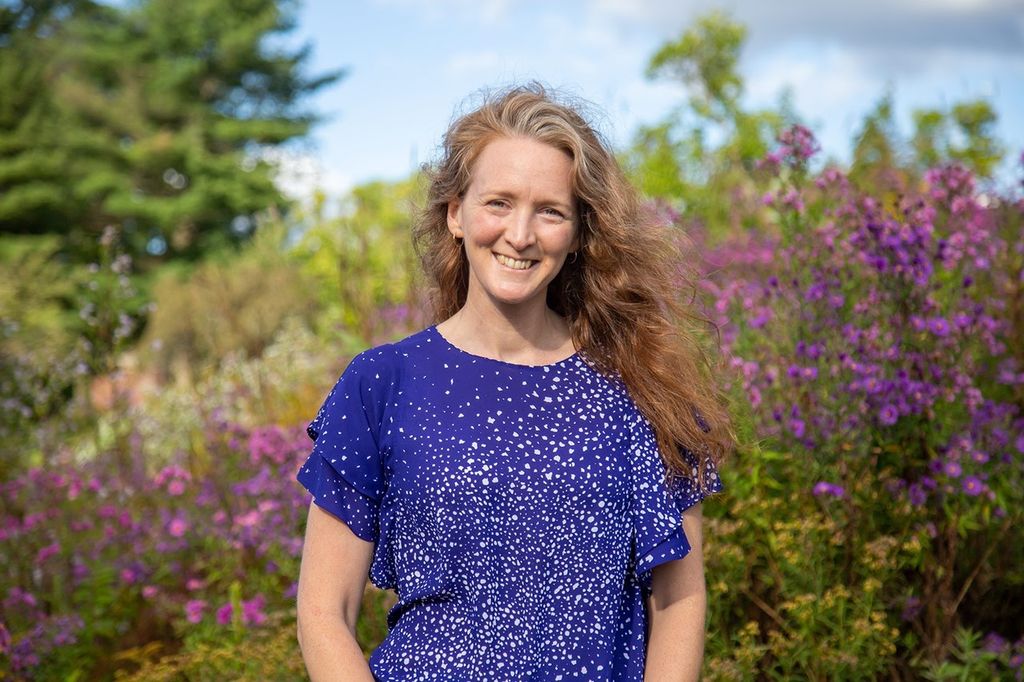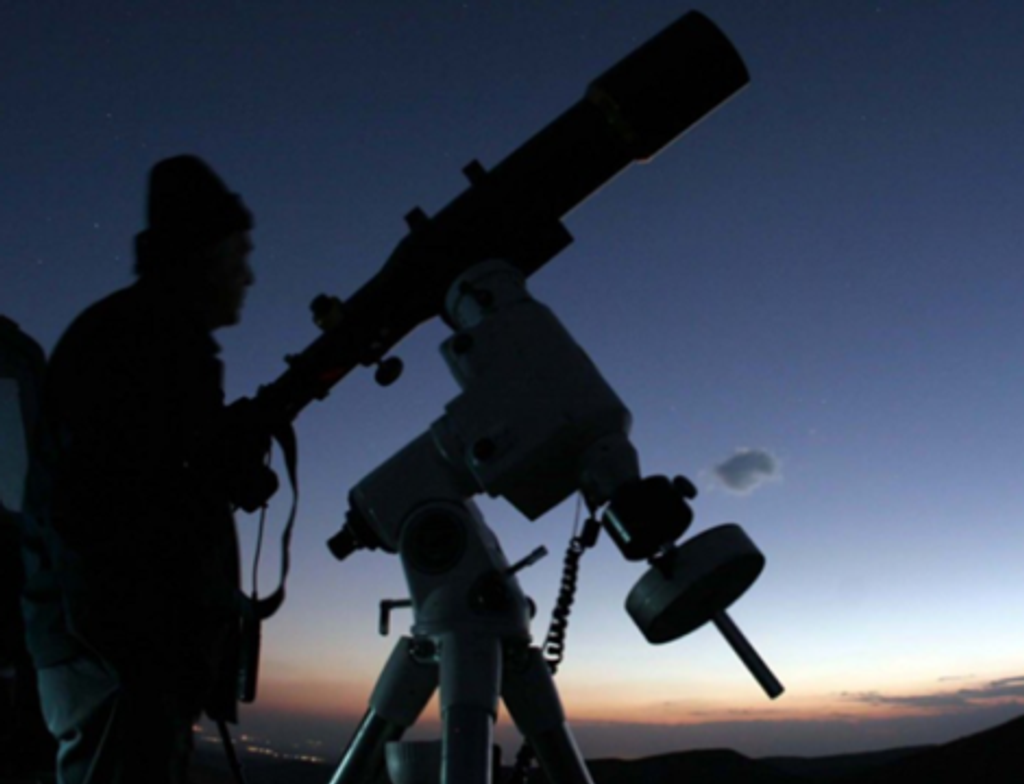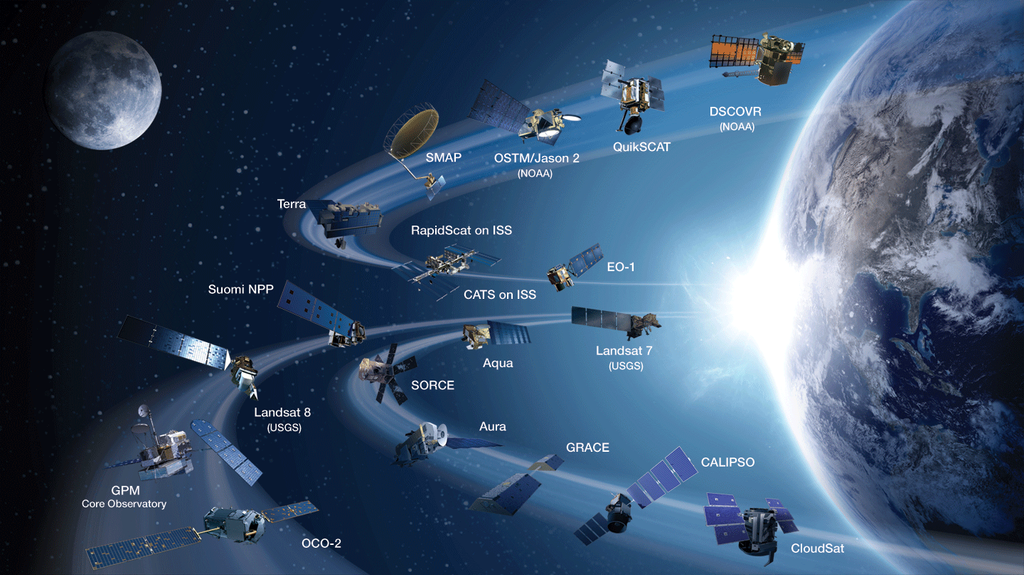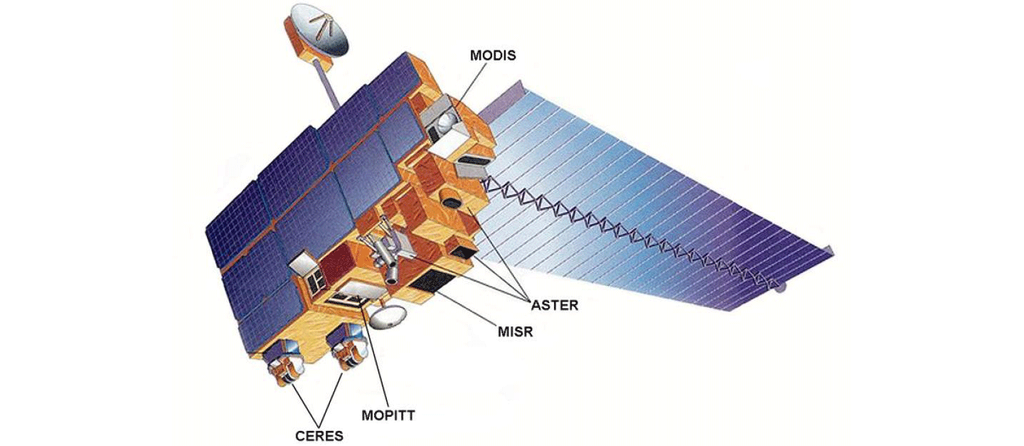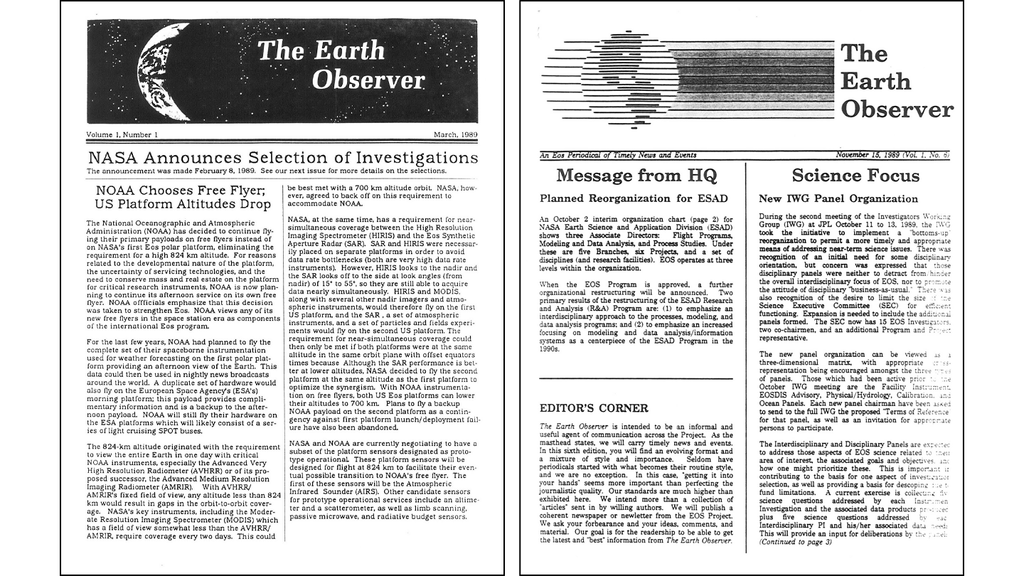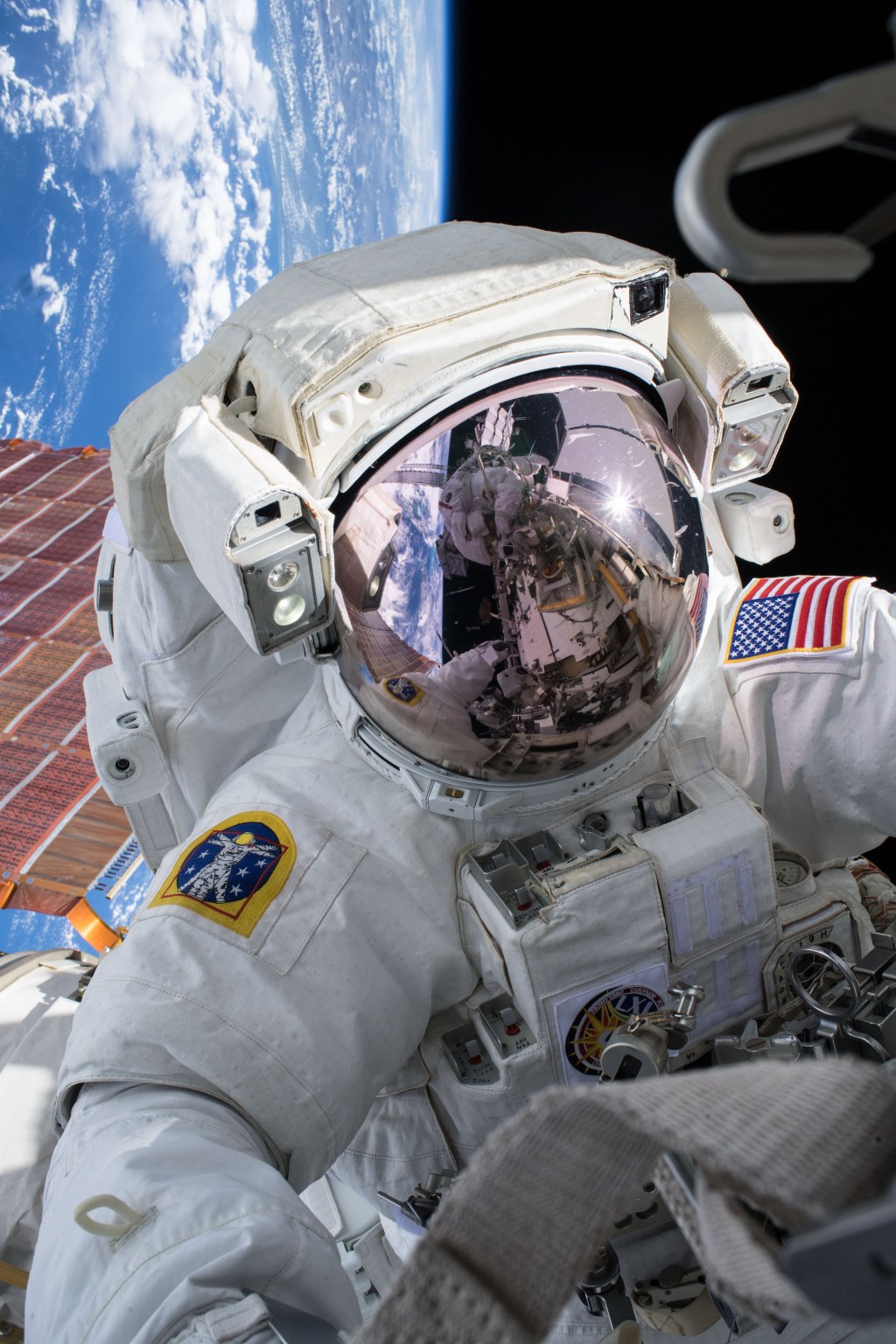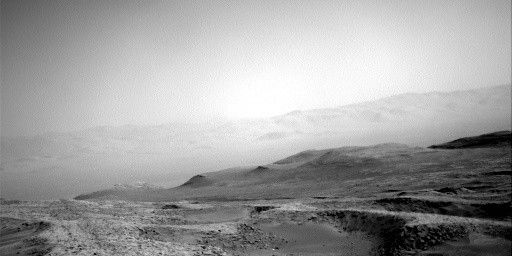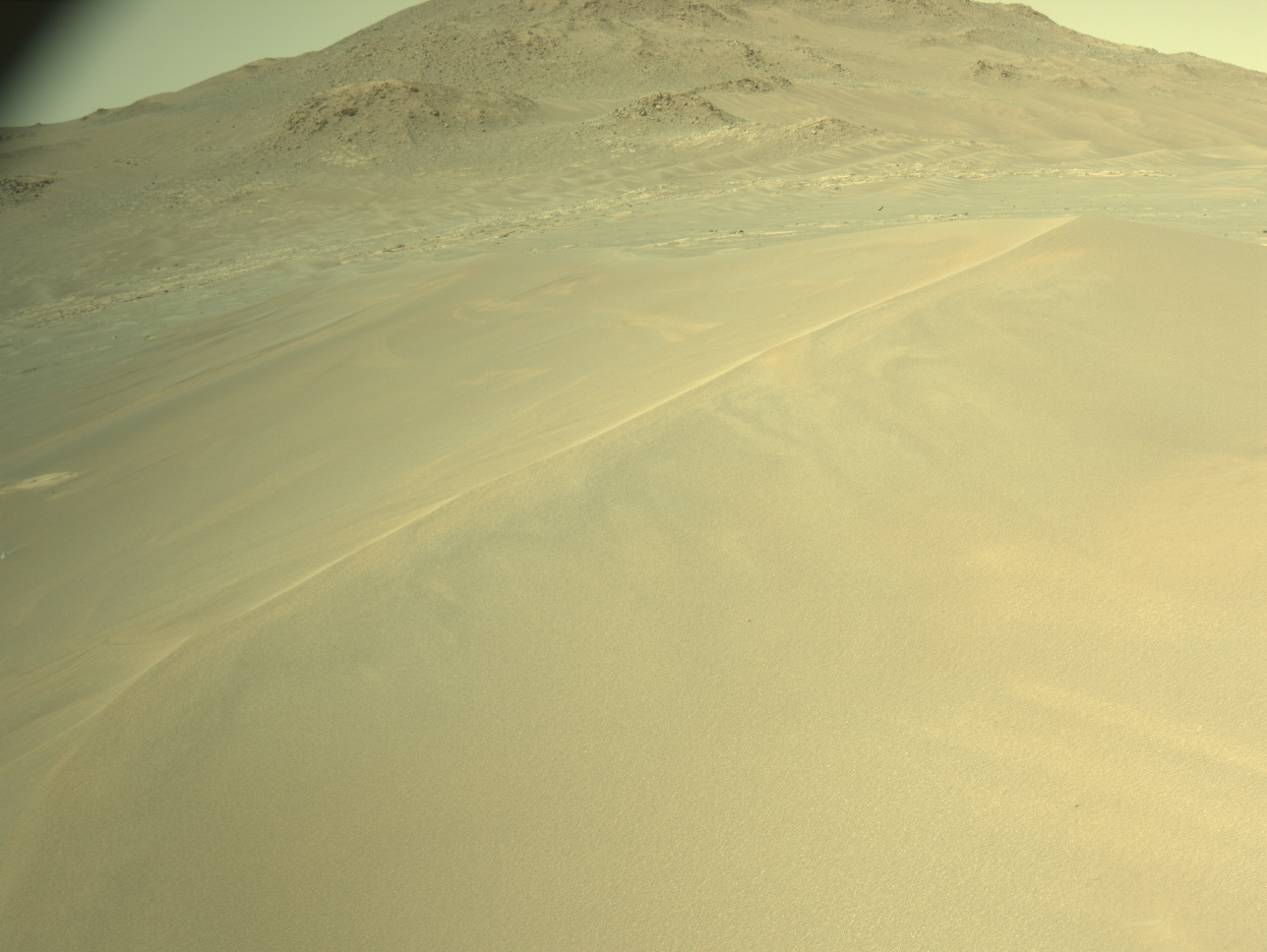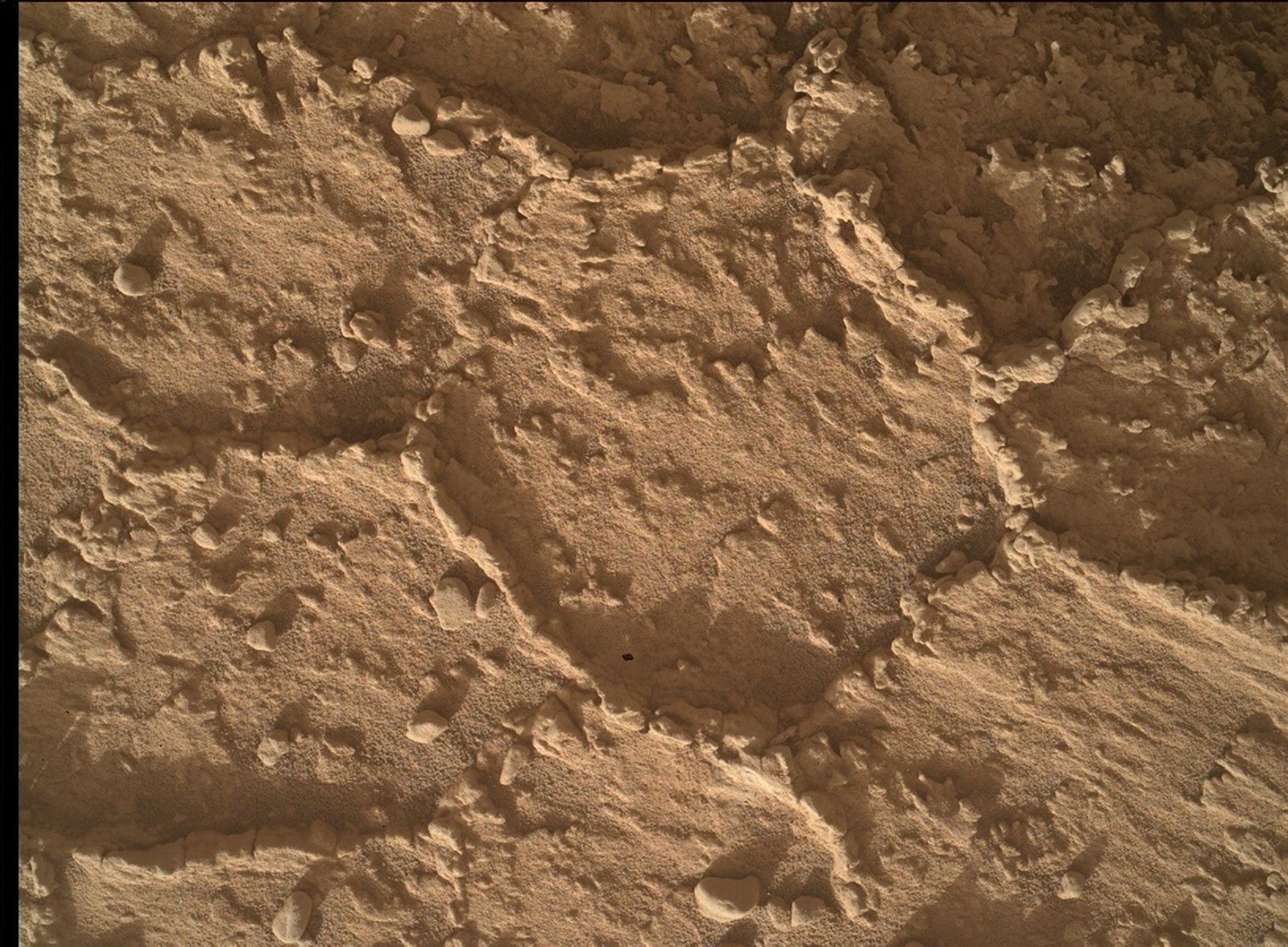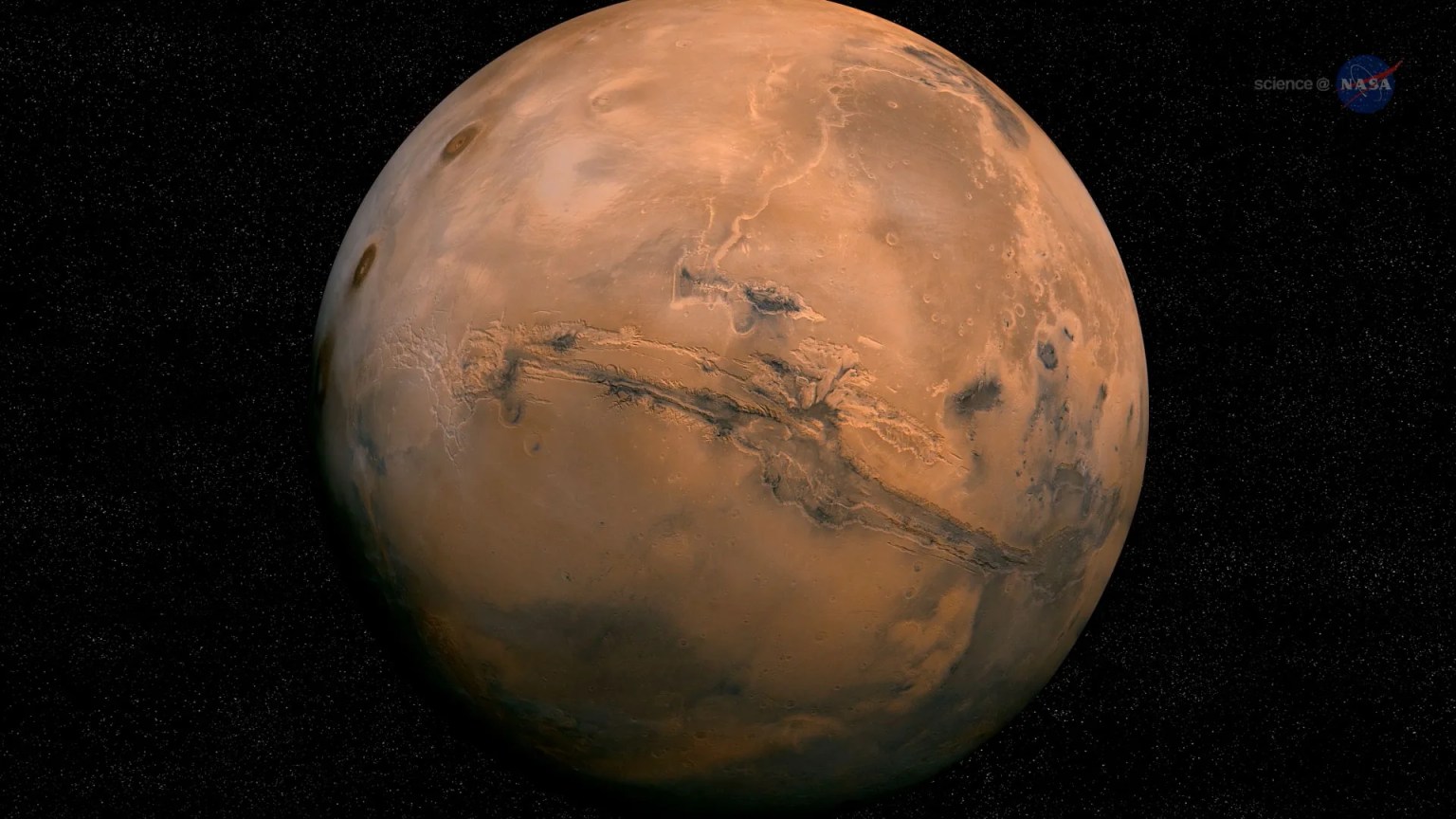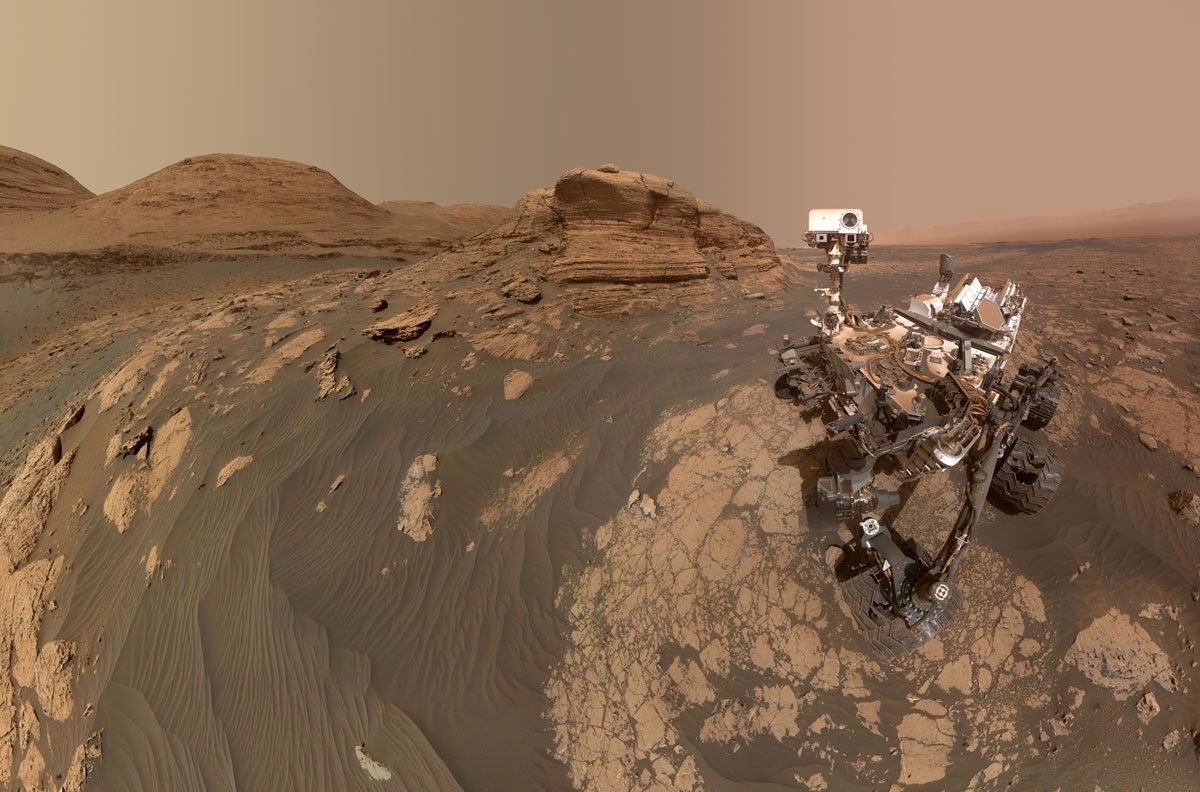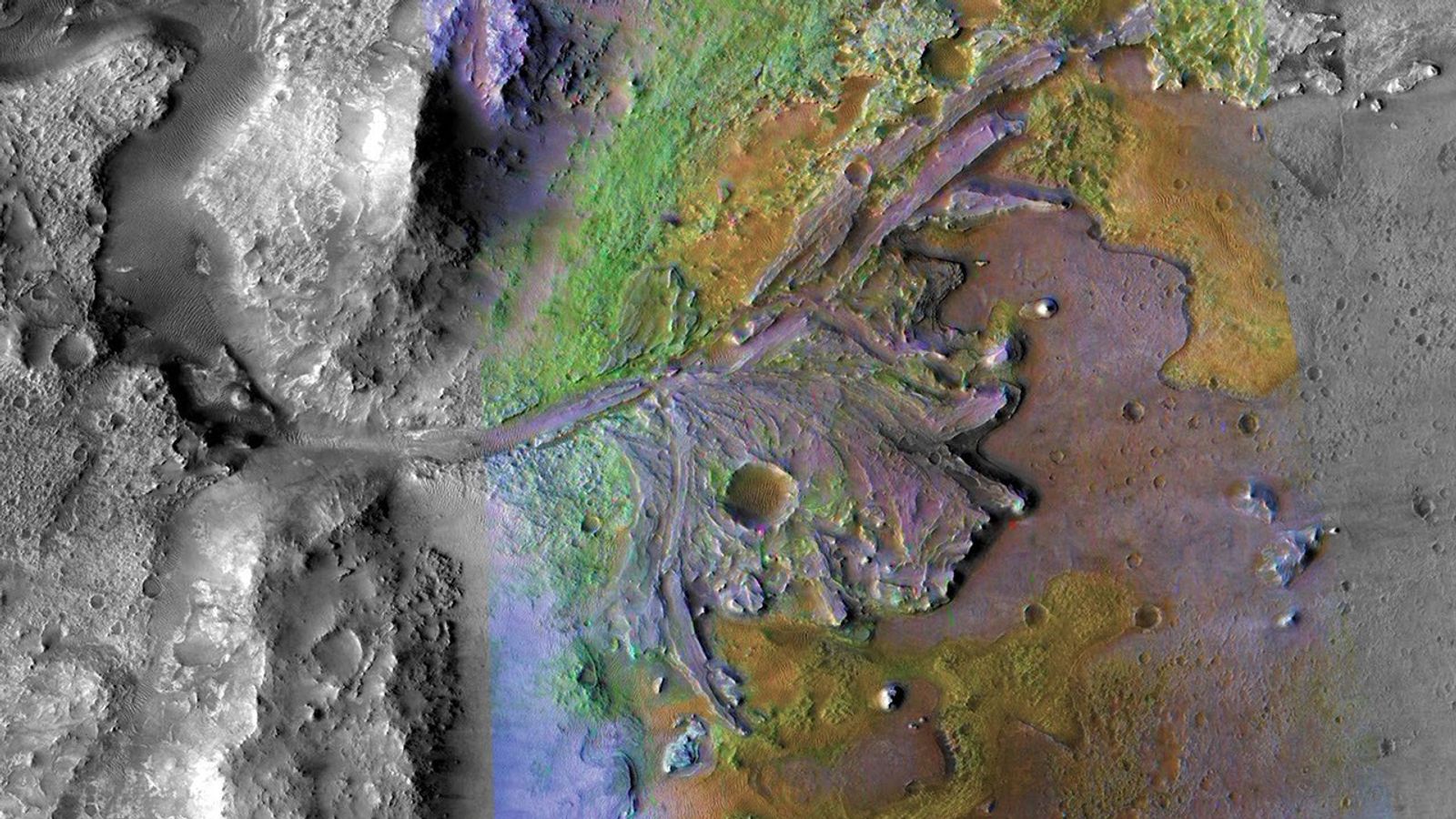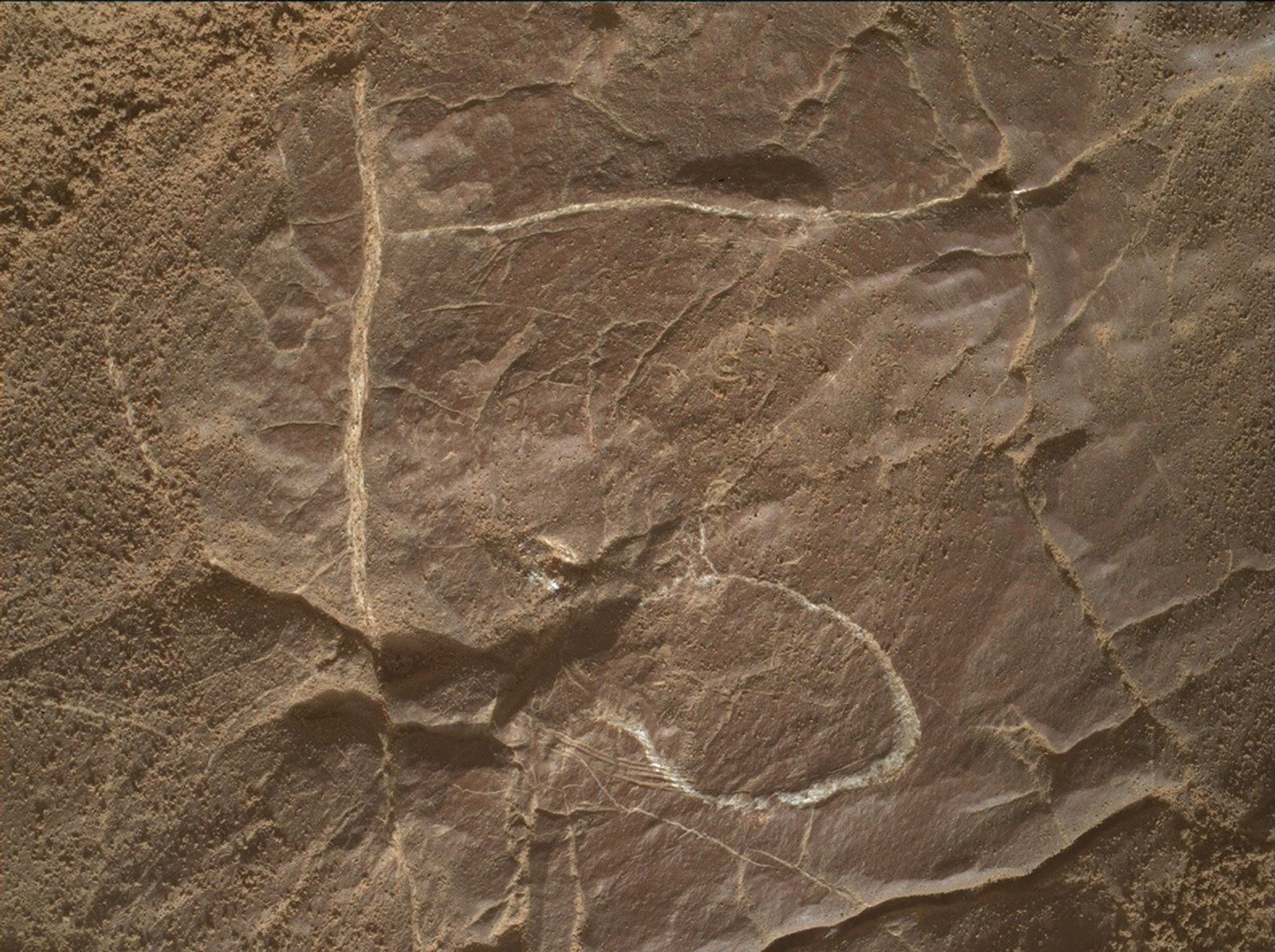
By Susanne P. Schwenzer, Professor of Planetary Mineralogy at The Open University
Earth planning date: Wednesday, June 25, 2025
We started planning today with many power constraints (we are still in Martian winter, when a lot of our power goes into keeping the rover warm) and lots of hope to investigate a float rock right in the arm workspace. It looked really interesting because of all the fractures crisscrossing it. APXS wanted a “fracture free” area, drawing some giggles, because that would have been close to impossible. We wanted to look at it because similar rocks have lately had a chemical composition different from more smooth and less fractured rocks.
While we were discussing that, in a parallel meeting the rover planners were looking at the rover’s position, especially where the wheels are parked. Unfortunately, two wheels were parked on small stones that could shift if the rover’s center of gravity shifted. If that were to happen while the arm is on the ground, damage to the arm instruments could occur, which is why we are not unstowing the arm in this plan.
But the team is used to making lemonade out of lemons. Regular readers of this blog might remember that before we crossed into this more smooth terrain, we were climbing through an area with much rougher terrain, where not passing SRAP was a regular occurrence. I wrote about it about a year ago, with a blog title that conveys the exasperation at the frequency with which Mars didn’t read the script back then: Not Again, Mars. It has happened a lot less lately, so we’ll take it.
As a consequence, the remote science instruments get a good showing today, despite the wintertime power constraints. ChemCam investigates the target “Lasana,” which is on one of those float blocks that are crisscrossed by fractures. ChemCam also gets two long-distance Remote Micro Imager images into the plan, one looking at the feature in the landscape called “Mishe Mokwa,” which we have been imaging from different positions to understand how the sedimentary structures fit together. That will then allow us to read the rocks as if they were a history book. Similarly, a long distance RMI is looking at a feature we named “Uyuni,” which is also a butte in the vicinity of the rover.
Mastcam has lots of activities in today’s plan, starting with two observations of small troughs in the near-field, and then turning its eyes to the mid-field and more distant views, with the targets “Puca Puca,” which the team suspects is part of one of the ridge features and could allow us a sideways look at its structures. Mastcam also supports the “Uyuni” observation of the ChemCam RMI, and adds to the observation at “Volcán Peña Blanca” that was started last planning sol.
Curiosity will then perform a “bump,” which is what we call a very short drive to just reposition the rover for better chances at SRAP the next planning day. The team decided to stay, because the cold winter season also means that we are doing frost observations in the early hours of the morning, for which we need something that gets really cold and would accumulate that frost. The sand patch near the rover today is ideal for that, so the team decided to stay, because the next plan is the weekend plan in which we will try to spot frost. The plan has atmospheric and environmental observations, too, with REMS measuring wind and temperature and some observations to search for dust devils. Some engineering activities will see CheMin prepare for the next sample; even if that’s a while in the future, we like to be prepared on Mars! If you want to learn a little more about those “boxwork” formations, this new article describes what Curiosity is up to right now.

